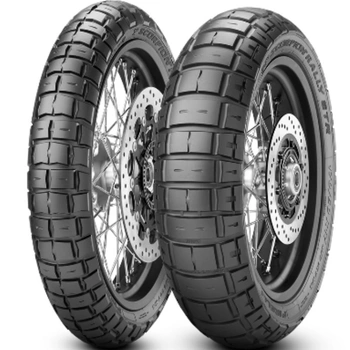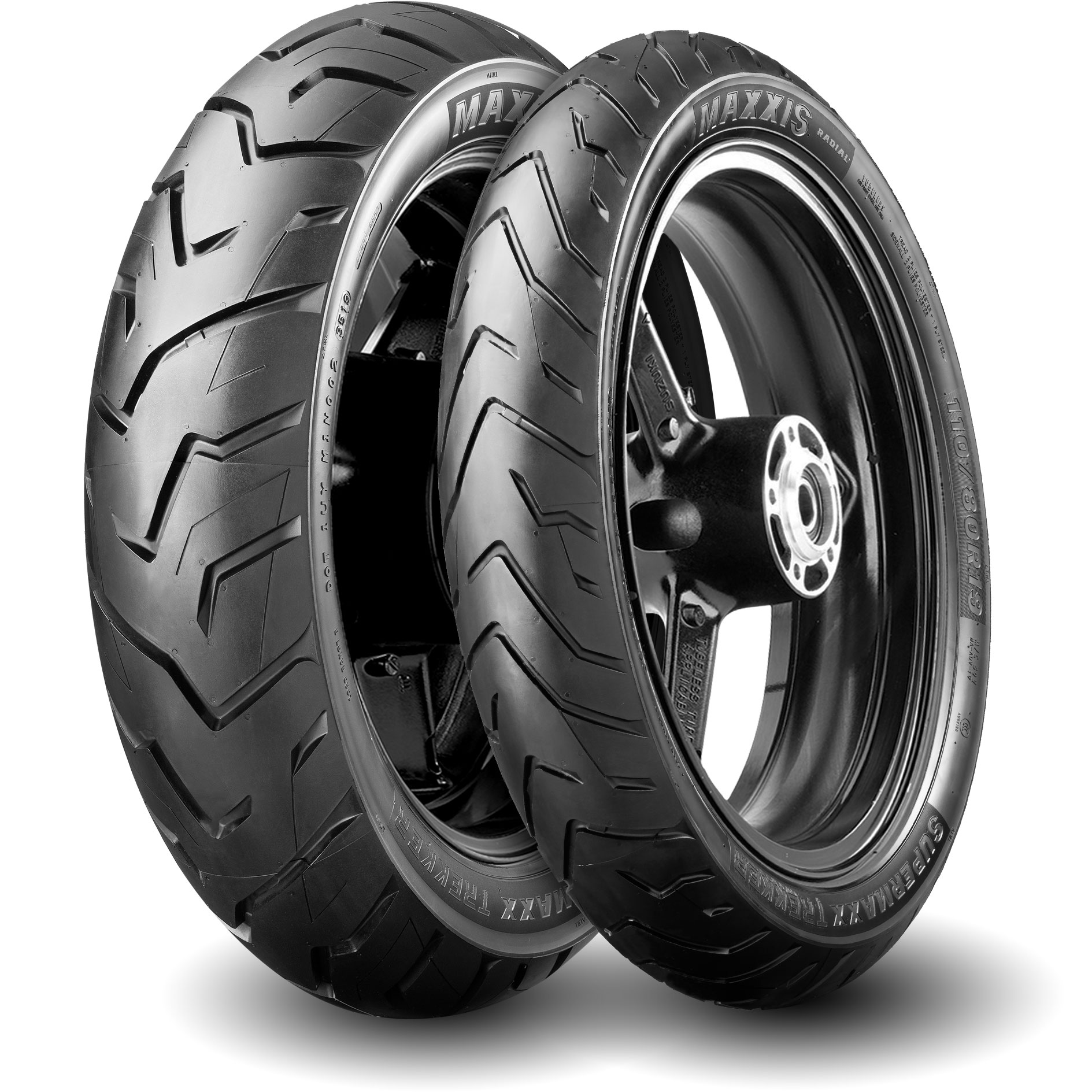Ensure enhanced safety on long rides with premium Motorbike Tyres.
All About Bike Tyres: A Comprehensive Overview for Fanatics
For bike fanatics, understanding the complexities of their machine's tyres is a crucial element usually neglected. This guide, 'All Regarding Bike Tyres', unlocks the complex world of tyre kinds, dimensions, and specifications, all directly influencing performance and security. It surpasses simple understanding, supplying workable tips for upkeep, option, and replacement. One can not assist yet question what refined changes this newfound knowledge may bring to their next trip.
Recognizing the Essentials: Various Kinds Of Motorcycle Tyres
On the planet of motorcycling, tyres play an essential function, not only in guaranteeing a safe trip but likewise in improving the general performance of the bike. They are available in various kinds, each developed for certain riding problems and performance needs.

Then there are dual-sport tyres, which offer a balance between on-road security and off-road grip. Finally, competing tires, used for track racing, provide optimal grasp yet have a very short life expectancy.
Comprehending these kinds and their details attributes aids motorcyclists select the best tire for their riding design and problems, consequently making certain optimum performance and safety. Such expertise develops the structure prior to delving into tire dimensions and specs.
Just How to Decode Your Motorcycle Tire Size and Specs
Having a strong grasp on the different kinds of motorbike tyres leads normally to a deeper understanding of their dimensions and requirements. The tyre's size and specifications are usually suggested on the sidewall. The second number, complying with a lower, is the aspect proportion or the height of the tire's sidewall expressed as a portion of the size.
Certain letters might comply with these numbers, signifying speed score and lots index. 'M' stands for an optimal speed of 130km/h, while '70' suggests a tons lugging capability of 335kg. Such complex information can considerably affect a motorcycle's performance. Hence, it's vital for riders to comprehend just how to decode their motorbike tyre dimension and specs.
Selecting the Right Tire for Your Riding Style and Problems
Picking the appropriate tyre for your motorbike is not a choice to be taken gently. It's critical to consider the kind of riding one does frequently; whether it's commuting, exploring, off-roading, or sporting activities riding, each design requires a various kind of tyre. As an example, sporting activity riders may choose performance tires that offer exceptional hold and rate, while commuters might favor tires made for durability and comfort.
For damp and snowy conditions, tires with deep walk patterns and softer rubber compounds are perfect as they provide better grasp and grip. Ultimately, recognizing your riding design and the conditions you'll face aids in selecting the best tyre, improving both safety and efficiency.
Tips for Maintaining Your Bike Tyres for Ideal Efficiency
Appropriately keeping your motorbike tires considerably boosts their efficiency and longevity. Normal examination is a crucial part of this procedure. Bikers must look for indications of wear and tear, such as cuts, slits, or uneven wear patterns that may show alignment issues.
Cleansing is another essential element of tire upkeep. Eliminating particles and grime not only improves the tire's appearance however additionally avoids early wear. A mild scrub with a soft brush and soapy water is normally adequate.
The role of tyre rotation can not be marked down. By alternating the tyres' positions, one can make sure also put on and prolong their life-span.
Lastly, the cyclist ought to always keep an eye on the tyre's walk deepness. A superficial tread can jeopardize hold, leading to unsafe riding conditions. To this end, many countries have legal minimum tread depths, and motorcyclists are motivated to comply with these policies for safety and security.
The Impact of Tyre Pressure on Your Riding Experience

Recognizing Tire Pressure Dynamics
While it may appear an irrelevant element to some, tire pressure plays an essential function in the overall riding experience of a bike. Over-inflated tyres can make the experience severe and rough, while under-inflated tyres can lead to inadequate handling and enhanced gas consumption. Tire stress also affects the tires' contact spot - the area of the tyre that touches the ground.
Readjusting Pressure for Efficiency

(Road Bike Tyres NZ)The optimal stress differs with load, road problem, and riding design. For ideal efficiency, it's important to seek advice from the manufacturer's referrals, usually engraved on the motorbike or in the proprietor's manual.
Routine checks making use of a dependable pressure scale are important. As weather condition influences stress, adjustments must be made when tires are cold. Thus, understanding and using appropriate tyre pressure modifications substantially enhance a biker's experience, advertising safety and security and efficiency.
When and Exactly how to Change Your Motorcycle Tyres Safely
Making certain the safety and security and efficiency of your ride, normal evaluation and prompt replacement of motorcycle tires is a job of utmost relevance for every single bicycle rider.
Tires ought to commonly be replaced every 5 to 6 years, or when the tread depth reaches 2mm. Aspects such as driving routines, road conditions and tyre upkeep can influence this duration. It's vital to regularly inspect tires, looking for signs of damage, slits or defects.
Changing a tyre requires unique tools and understanding. The brand-new tire must be properly aligned and inflated to advised pressure.
It is often suggested for much less skilled cyclists to have tires replaced by professionals. This ensures safety and security and maximises efficiency, emphasizing the significance of tire maintenance in motorbike use.
Final Thought
Finally, comprehending the details of bike tires, from types to dimension specifications, plays an important function in enhancing riding experiences. Making informed options based on riding design and problems, paired with proper upkeep and recognition of tyre pressure, can substantially improve efficiency and security. Finally, recognizing when and how to replace tires ensures riders can continue to appreciate their bike adventures with the utmost confidence.